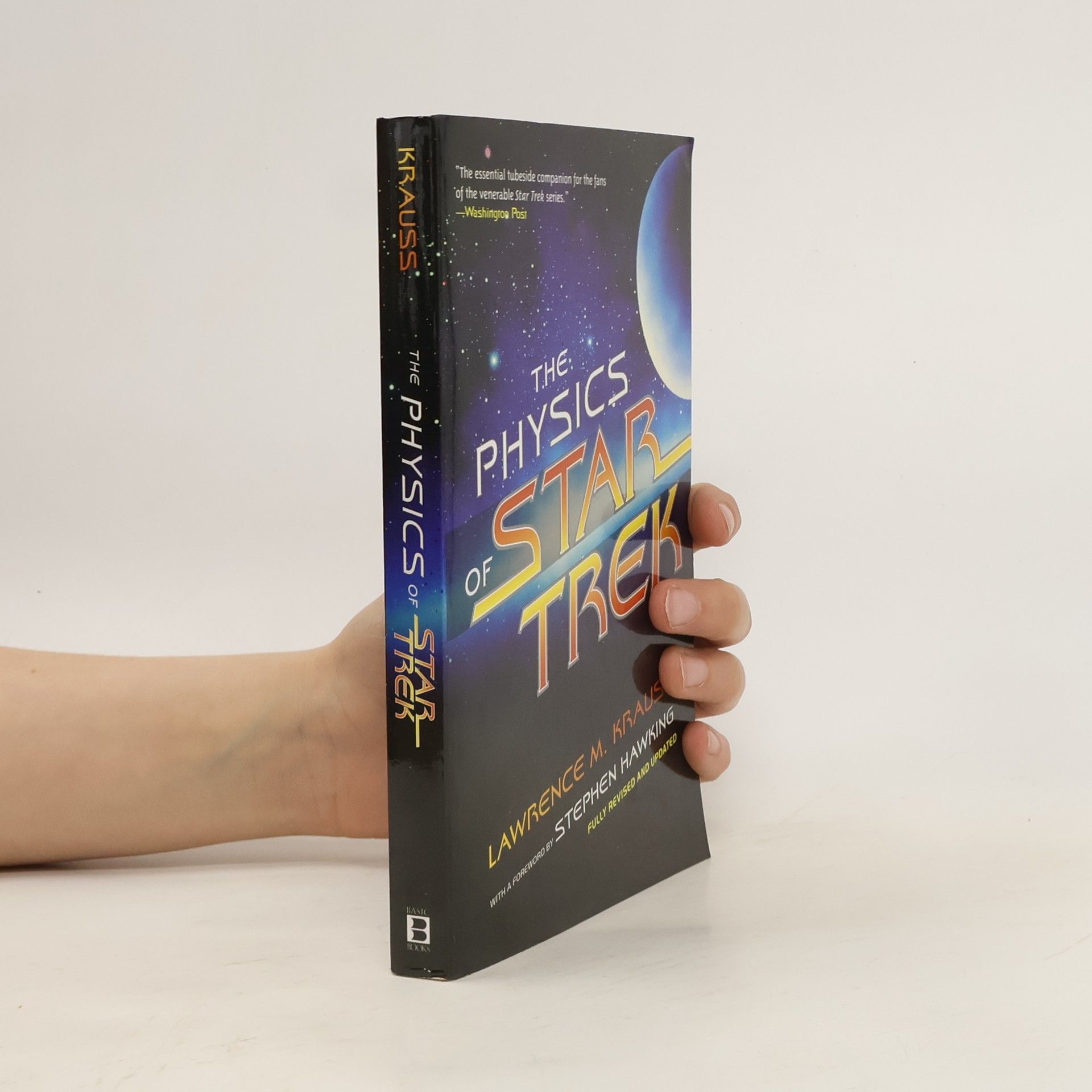The Physics of Star Trek
- 251pagine
- 9 ore di lettura
Introduces physics as it analyzes the science behind "Star Trek," explaining the intricacies of warp speed and showing the difference between a holodeck and a hologram.
Questa serie si addentra nell'affascinante mondo della scienza che alimenta i viaggi interstellari e la tecnologia futuristica, come visto attraverso esempi iconici della fantascienza. Esplora i principi scientifici reali e i concetti ipotetici che ispirano la nostra comprensione del cosmo. Rivolta ai lettori curiosi che amano un mix di scienza, tecnologia e immaginazione, rivela quanto lontano possiamo davvero arrivare quando osiamo sognare. Scopri la fisica dietro i viaggi fantastici e le innovazioni rivoluzionarie che catturano la nostra immaginazione.


Introduces physics as it analyzes the science behind "Star Trek," explaining the intricacies of warp speed and showing the difference between a holodeck and a hologram.
In the bestselling The Physics of Star Trek, the renowned theoretical physicist Lawrence Krauss took readers on an entertaining and eye-opening tour of the Star Trek universe to see how it stacked up against the real universe. Now, responding to requests for more as well as to a number of recent exciting discoveries in physics and astronomy, Krauss takes a provocative look at how the laws of physics relate to notions from our popular culture -- not only Star Trek, but other films, shows, and popular lore -- from Independence Day to Star Wars to The X-Files. What's the difference between a flying saucer and a flying pretzel? Why didn't the aliens in Independence Day have to bother invading Earth to destroy it? What's new with warp drives? What's the most likely scenario for doomsday? Are ESP and telekinesis impossible? What do clairvoyance and time travel have in common? How might quantum mechanics ultimately affect the fate of life in the universe?